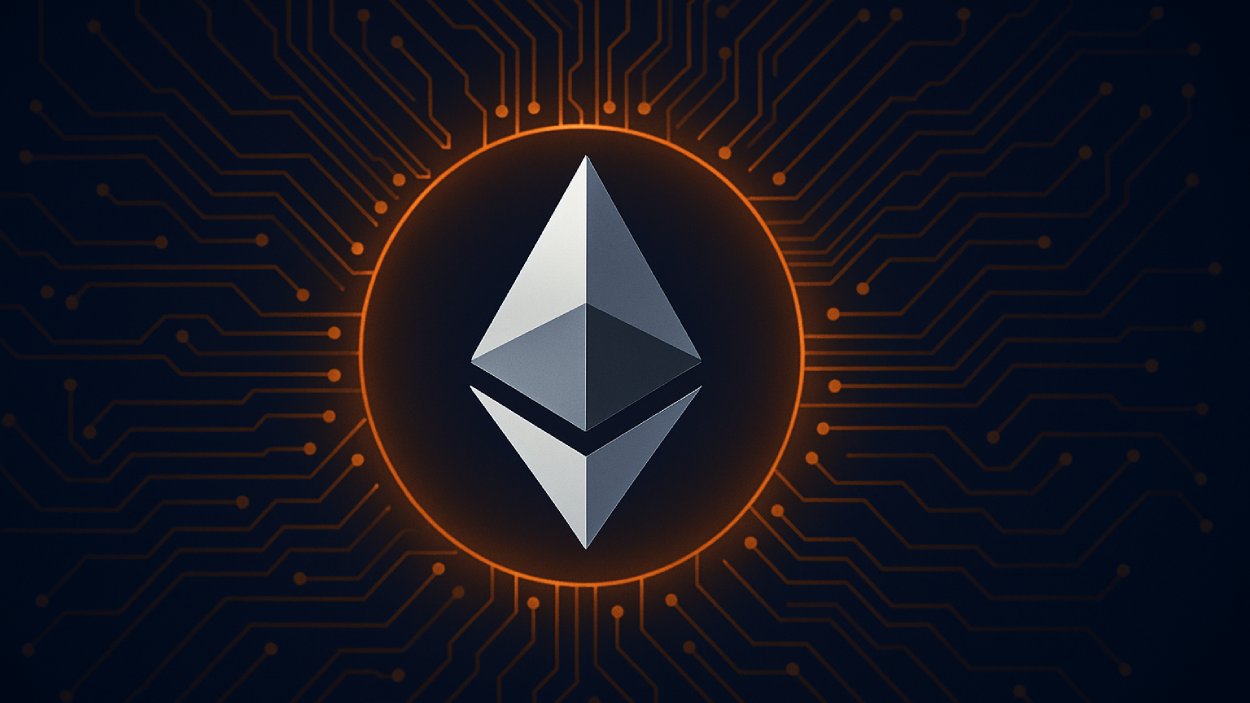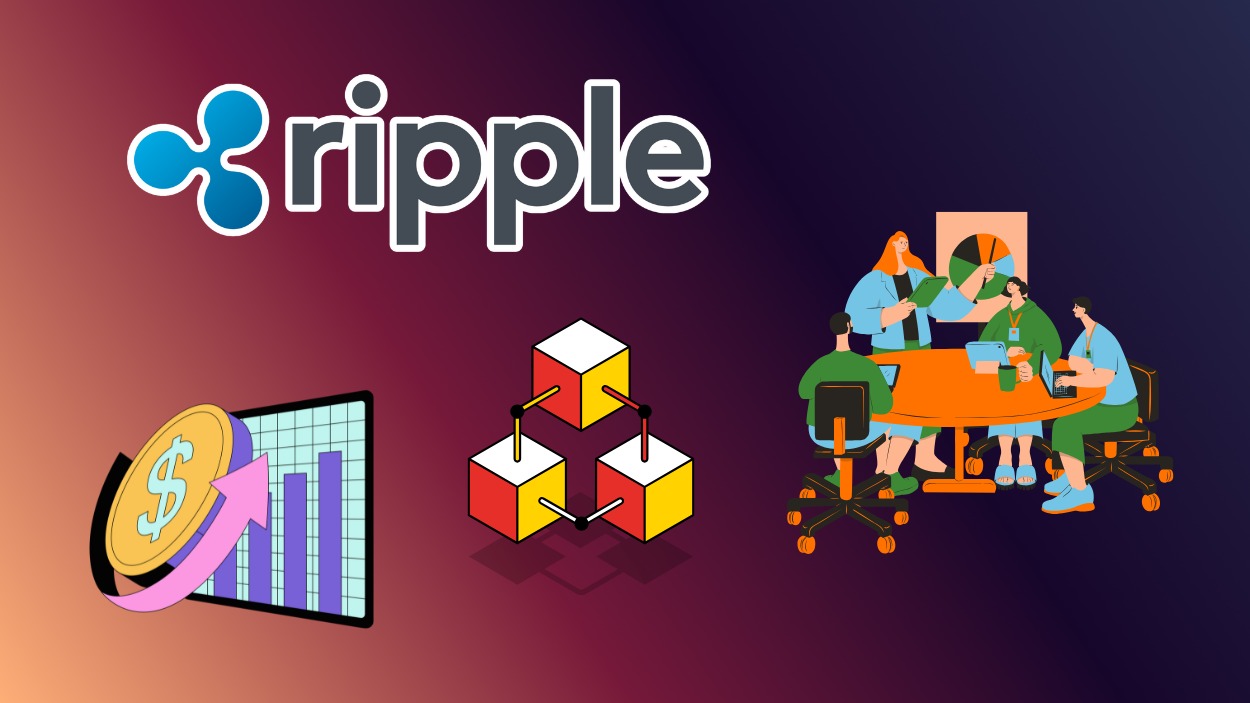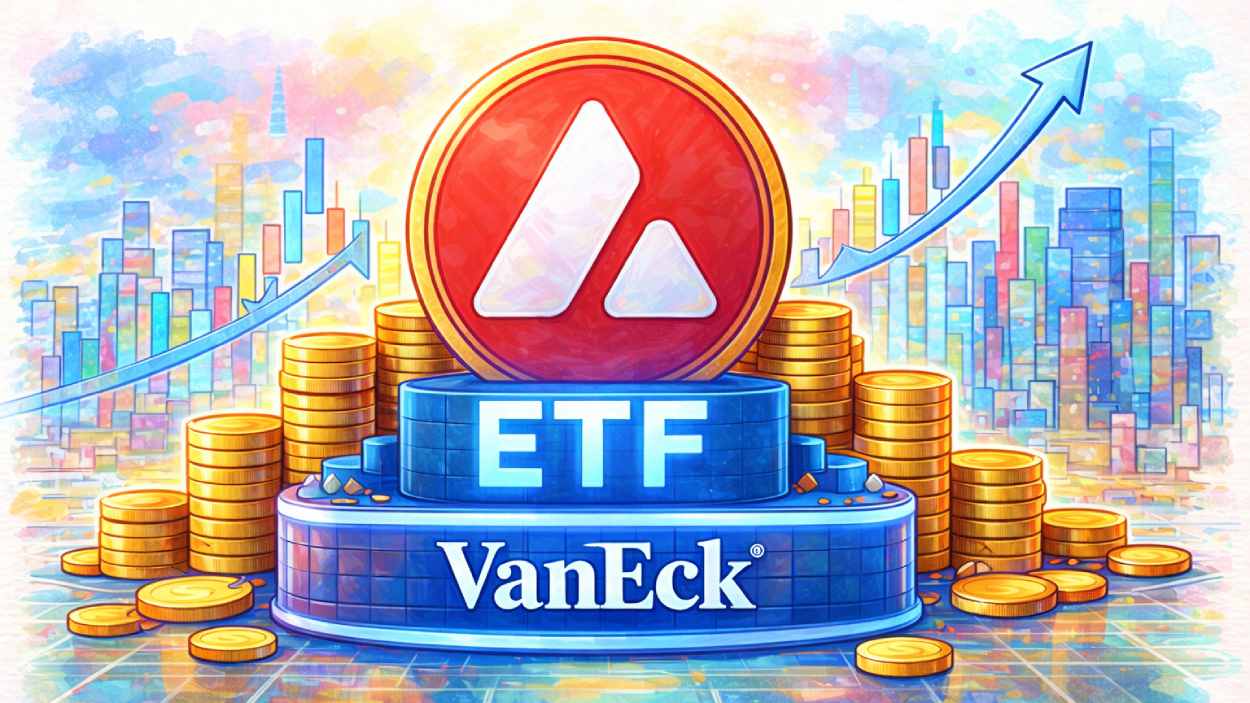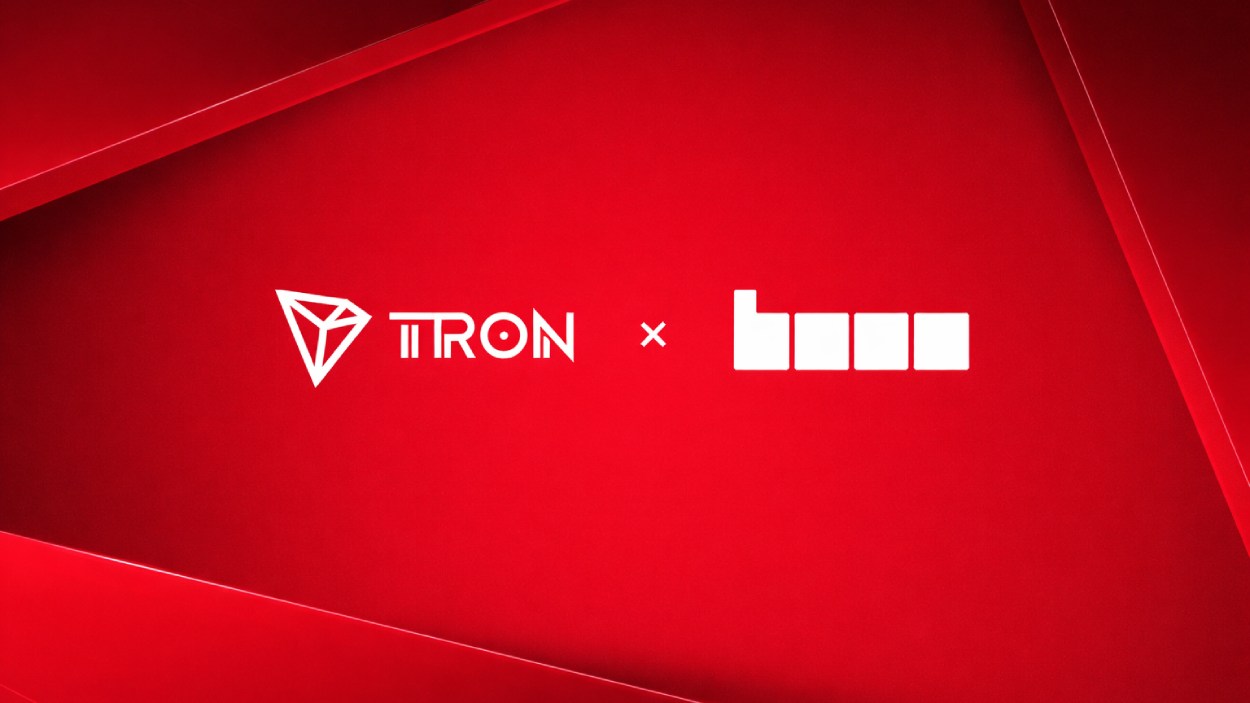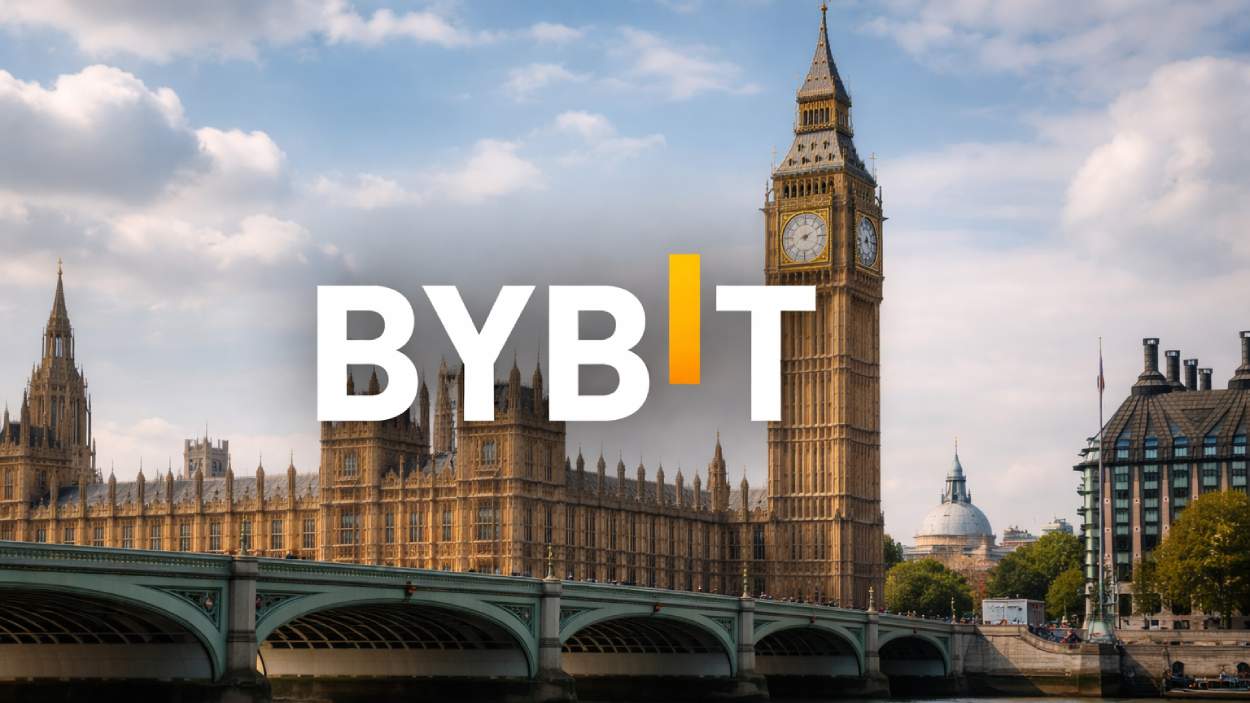Ethereum’s long-awaited Fusaka upgrade is now set for a December 3 rollout, following a successful final testnet activation.
Key Takeaways
- Fusaka upgrade successfully activated on Ethereum’s final testnet, Hoodi, on October 29.
- Mainnet rollout begins December 3 and will proceed in three phases, introducing PeerDAS, Verkle Trees, and higher blob capacity.
- Upgrade aims to boost Ethereum’s scalability, reduce Layer-2 transaction costs, and prepare for parallel execution.
- Part of Ethereum’s “Surge” roadmap stage, focused on scaling and data efficiency.
What Happened?
Ethereum developers have completed the final testnet stage for the upcoming Fusaka upgrade, marking a critical step toward its full deployment on the Ethereum mainnet. The upgrade went live on the Hoodi testnet, following earlier successful deployments on Holesky and Sepolia earlier this month. With technical testing now complete, Fusaka is on track for a phased mainnet launch starting December 3.
Ethereum’s next major upgrade, Fusaka, is now live on the Hoodi network! ✅
— Consensys.eth (@Consensys) October 28, 2025
Fusaka mainnet activation is scheduled for December 3rd.
Fusaka introduces multiple EIPs to improve scalability, strengthen security, and reduce costs. The upgrade will unlock the next phase of rollup… pic.twitter.com/VQkosIouZQ
Fusaka Hits Final Testnet Ahead of Mainnet Launch
Hoodi, Ethereum’s final public testnet, served as the last major testing ground before the mainnet upgrade. According to Nethermind, a leading Ethereum execution client, the Hoodi fork was “successfully completed” on October 28, describing it as a “key milestone on the road to Fusaka.”
This final test followed successful deployments on the Sepolia and Holesky testnets. Sepolia was upgraded on October 14, and Holesky earlier in the month before being decommissioned. With all major test environments now complete, developers and infrastructure teams are preparing for a smooth mainnet rollout.
The Fusaka upgrade will roll out in three phases:
- Phase 1 (December 3): Mainnet activation with core protocol changes.
- Phase 2 (around December 17): Blob Parameter Only (BPO) fork raising blob capacity to 10 per block (maximum 15).
- Phase 3 (tentatively January 7, 2026): Second BPO fork increasing blobs to 14 per block (maximum 21).
What’s Inside the Fusaka Upgrade?
Fusaka introduces several Ethereum Improvement Proposals (EIPs) designed to boost performance, scalability, and developer usability.
- EIP-7594 (PeerDAS): Peer Data Availability Sampling allows validators to sample smaller data chunks from Layer-2 networks instead of reading full blobs. This improves node speed and reduces resource load.
- EIP-7825 and EIP-7935: Raise gas limits and optimize computation, paving the way for parallel execution of smart contracts.
- Verkle Trees: Compact state proofs that reduce the data footprint for Ethereum nodes, improving scalability and performance.
- Blob Parameter Only forks: Allow Ethereum to scale blob capacity without full hard forks, boosting Layer-2 data throughput and reducing fees.
These changes collectively increase Ethereum’s capacity to handle more transactions while preserving decentralization and security.
Ethereum’s Roadmap Moves Forward Amid Internal Shifts
The Fusaka upgrade builds on the momentum from the Pectra upgrade launched in May. Pectra enhanced staking, validator operations, and Layer-2 cost efficiency. Together, these upgrades are part of Ethereum’s “Surge” phase, focused on increasing transaction throughput through Layer-2 scaling solutions.
Despite leadership changes within the Ethereum Foundation, development continues to progress. Teams remain aligned on long-term scalability goals, with attention already shifting toward the next major upgrade, Glamsterdam, set to extend Ethereum’s parallel execution capabilities.
Market Response and Outlook
While Ether (ETH) traded slightly lower around the $4,000 mark after the Hoodi testnet launch, market reaction remained muted. Broader macroeconomic uncertainty, including the Federal Reserve’s policy meeting, weighed on risk assets like cryptocurrencies. Still, Ethereum’s strong technical advancements and inflows from institutional investors have helped maintain bullish sentiment.
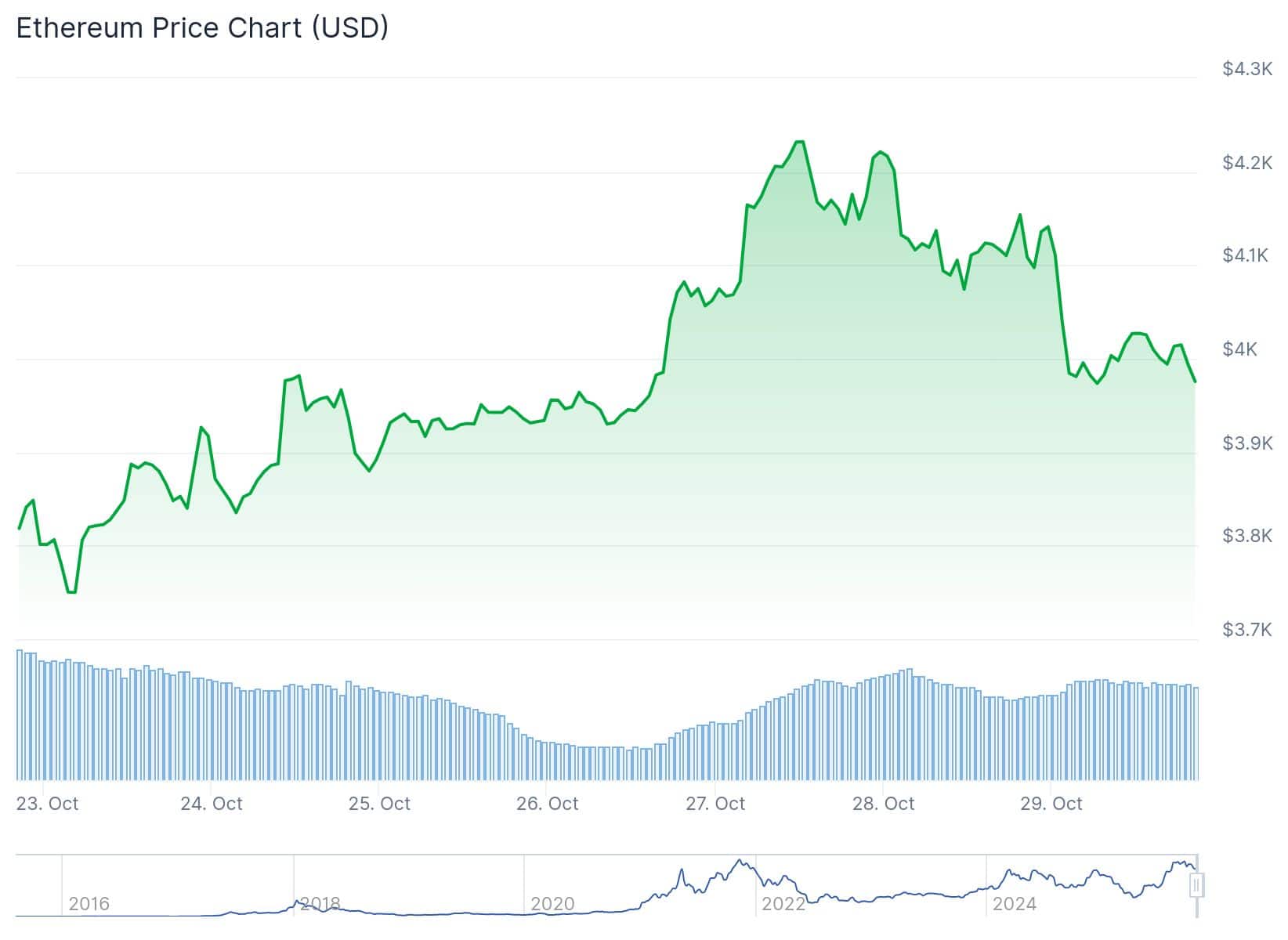
With Fusaka’s multi-phase rollout starting December 3, Ethereum positions itself for improved Layer-2 integration, lower fees, and better developer tools. These enhancements are critical as the network scales to meet growing adoption and demands from enterprise and retail users.
CoinLaw’s Takeaway
In my experience watching Ethereum’s evolution, upgrades like Fusaka are the ones that really move the needle in terms of real-world usability. This isn’t just about bells and whistles. We’re talking cheaper Layer-2 fees, faster node operations, and smarter data handling. PeerDAS and Verkle Trees aren’t buzzwords, they solve the exact problems developers and validators have been struggling with. And I like that Ethereum is taking a phased, no-drama approach with Blob forks. If you ask me, this rollout strategy shows maturity and confidence. December 3 could be a quiet revolution for Ethereum.

